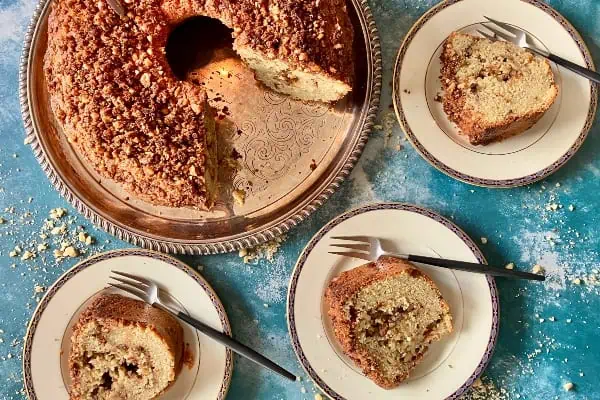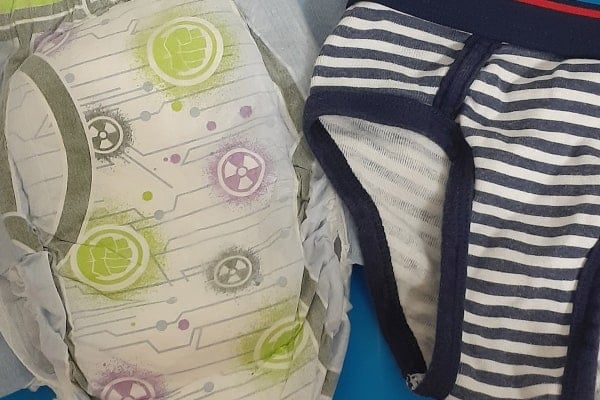Whether shooting a sea of sunflowers, a bevy of bromeliads or just an inkling of impatiens, photographing flowers is very rewarding.
There are some simple methods and suggestions to help you create the ultimate photograph when you are out to capture the vast arrays of colours, textures and variety of designs to be found in the flora around us.
As with most photography, my first suggestion is to slow down, take your time and enjoy the experience.
For flowers, my preference is to get in close: isolate the subject.
Keep your ISO low and use as much depth of field as you can with the camera and lens you are working with.
Begin with your f/stop set to the highest number possible, making the aperture on your lens as small as possible.
This allows you to keep the entire depth of the flower, from petal to pistil, in focus.
The length of your lens contributes to the depth of field as well. Longer lenses, by their very nature, have a shallower depth of field.
That said, it’s best to keep your lens length to 70mm or shorter with close-up capabilities being very helpful.
A macro lens is not necessary unless you are planning on isolating individual parts of the flower. (A macro lens is defined as one that gives a ratio of capture of one-to-one or greater.)
Alter the f/stop to control your depth of field to ensure that the entire flower is in focus while any background goes out of focus, creating a beautiful bokeh.
Always take a number of images of your flower at different settings so you can choose the best image later.
Stopping down the aperture results in longer shutter speeds in order to achieve the amount of light necessary to create the image.
This brings us to an essential piece of equipment to properly photograph flowers: a tripod.
Tripods come in many sizes and with any number of possibilities for head configuration, but even a less expensive one will give you a more solid foundation for your camera than hand holding at long shutter speeds.
Hang a weight, such as your camera bag, onto the tripod to give it more stability.
A tripod also helps you remember to take the time to pay attention to detail such as composition, angle of light, background, et cetera.
Contrary to popular belief, direct sunlight is not the best light for photographing these beauties as it causes blown-out highlights and harsh shadow areas.
Look for soft light. The diffused lighting created by an overcast sky will provide the best illumination.
On a bright, sunny day look for flora that is in shade. In this case, it is best to use a custom colour setting if your system has the capability.
Another option is to create shade by placing a piece of white fabric above the flower to diffuse the light.
When photographing indoors, use window light whenever possible, as it is diffuse and remarkably directional, providing texture.
Move around your subject to find the spot with best lighting and texture, and the least distracting background.
I suggest filling the frame with your subject, eliminating as much of that background as possible. This way, the bokeh mentioned earlier will be even more successful.
Beware of bright highlights and strong lines in the background as well, as they can sidetrack your viewer’s attention.
There are a couple of tricks you can use to make your creations even more dramatic. One is to carry some sort of black background with you to put behind the flower.
Black velvet, or velveteen, is great for this as it absorbs light very well and will usually result in a deep, black background.
Black poster board or foamcore will also work, but keep them as far from the subject as possible.
Another surprisingly helpful piece of equipment is a simple household spray bottle.
The colours and health of a plant are more vibrant after a rain so simulate that environment with the judicious use of mist over your subject.
The inclusion of these droplets will add drama and intrigue to an otherwise average-looking image.
Having something with you to block the wind can be helpful on a blustery day; with long shutter speeds, the movement of the flower will cause a blurred image.
Email questions to [email protected] or post them after the column at old.www.whatsupyukon.com.
Happy shooting and remember to leave the environment as you found it.




